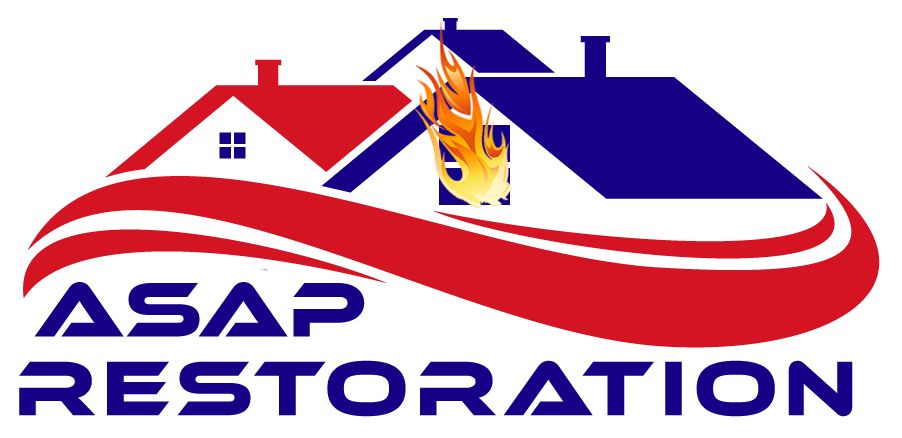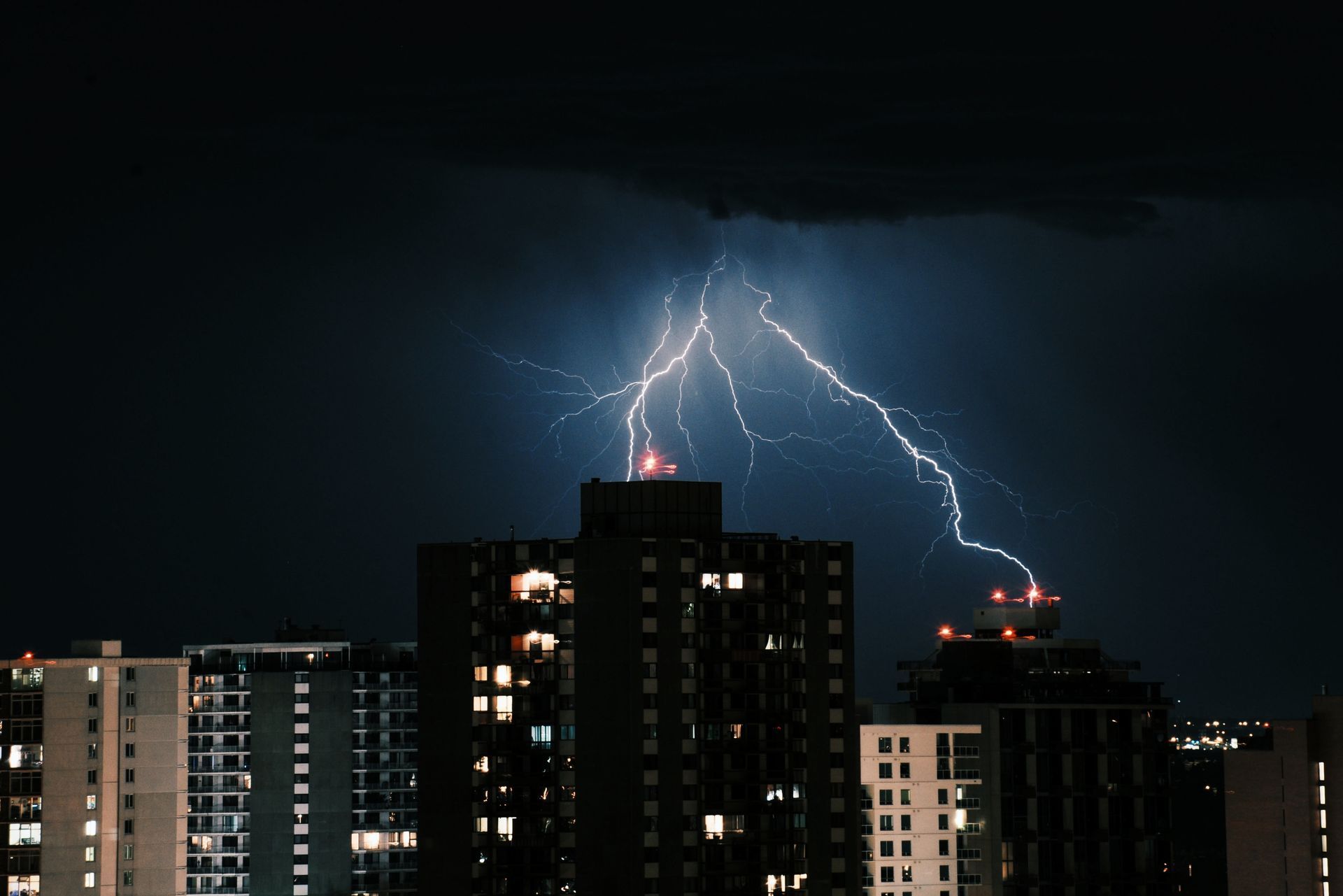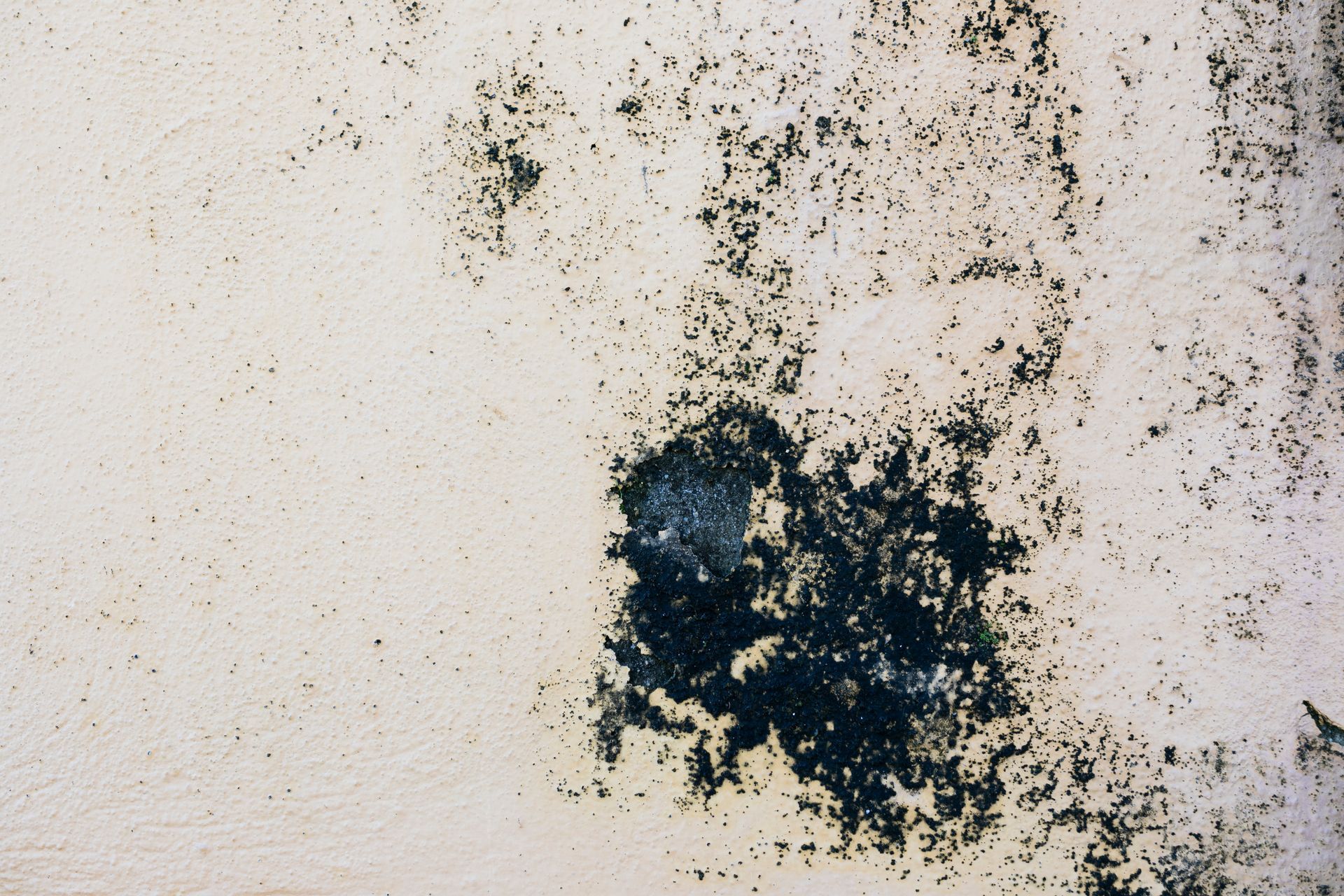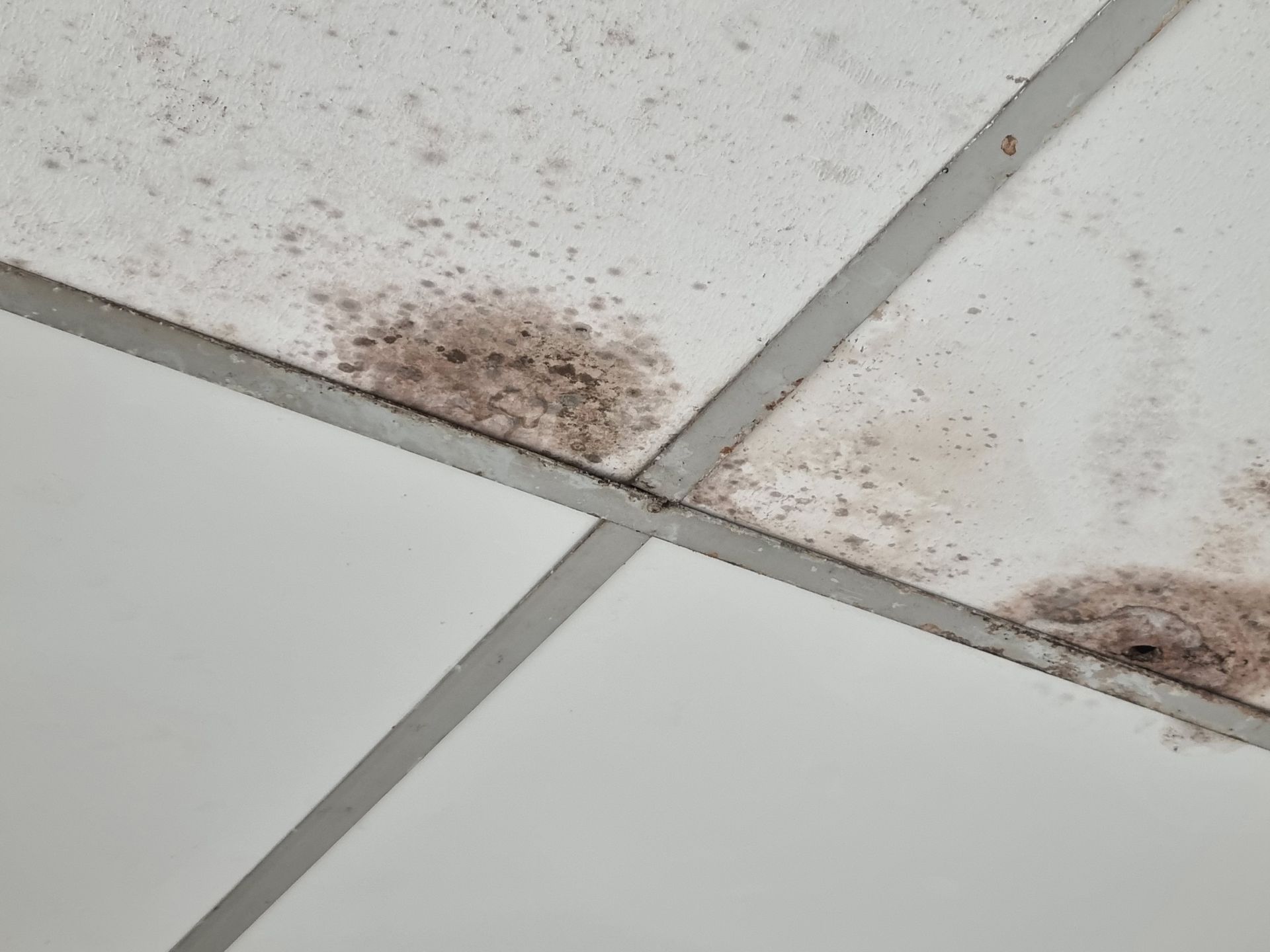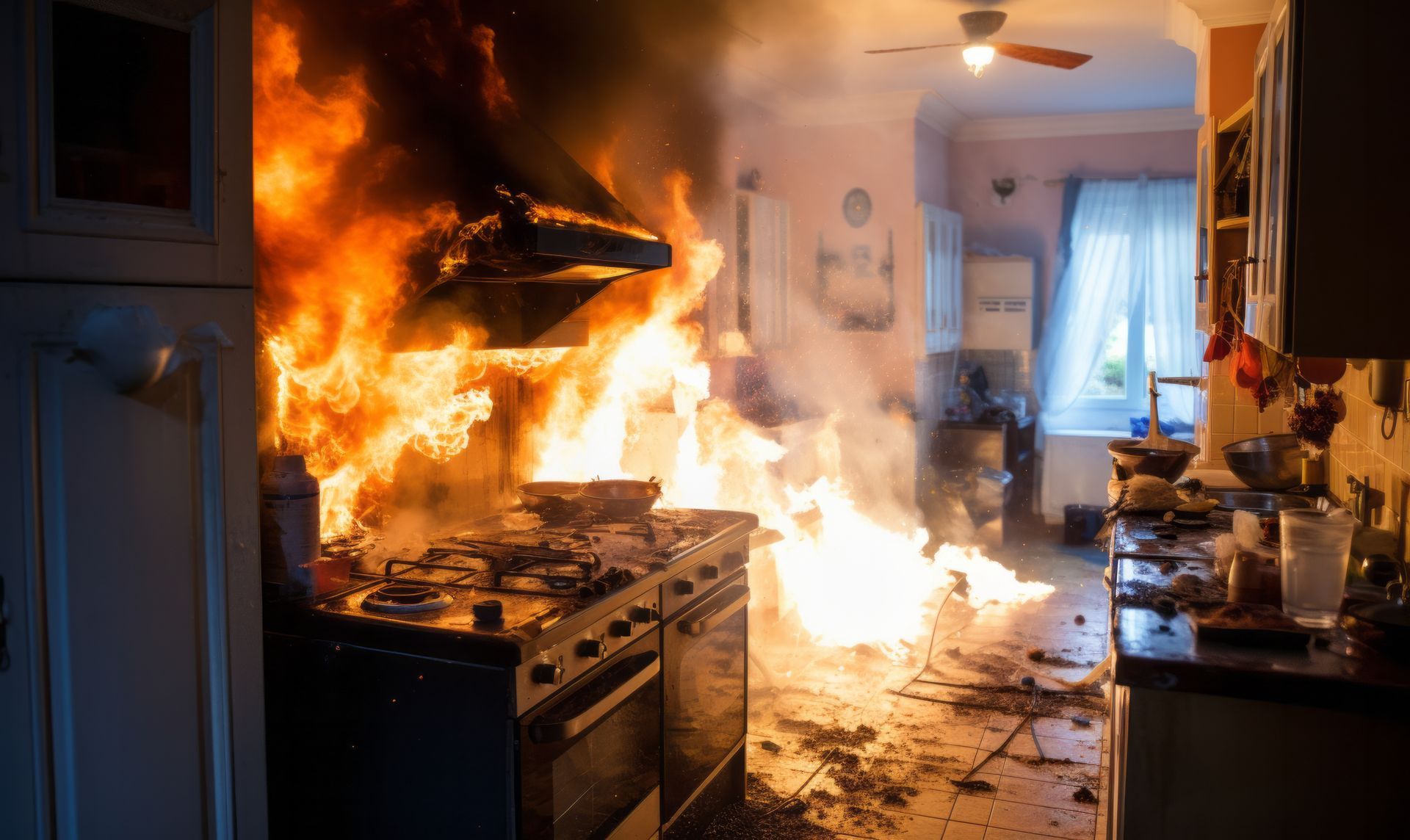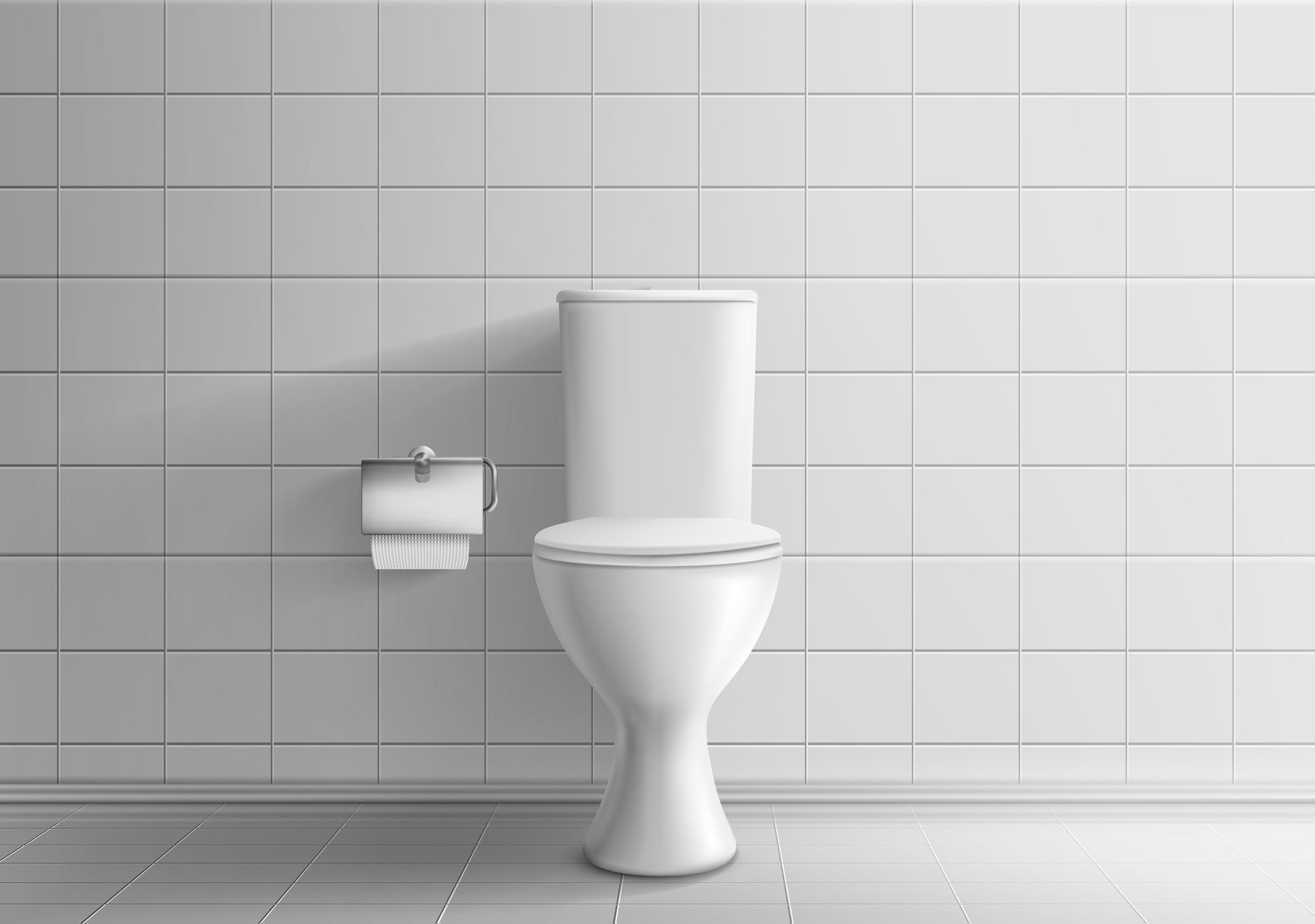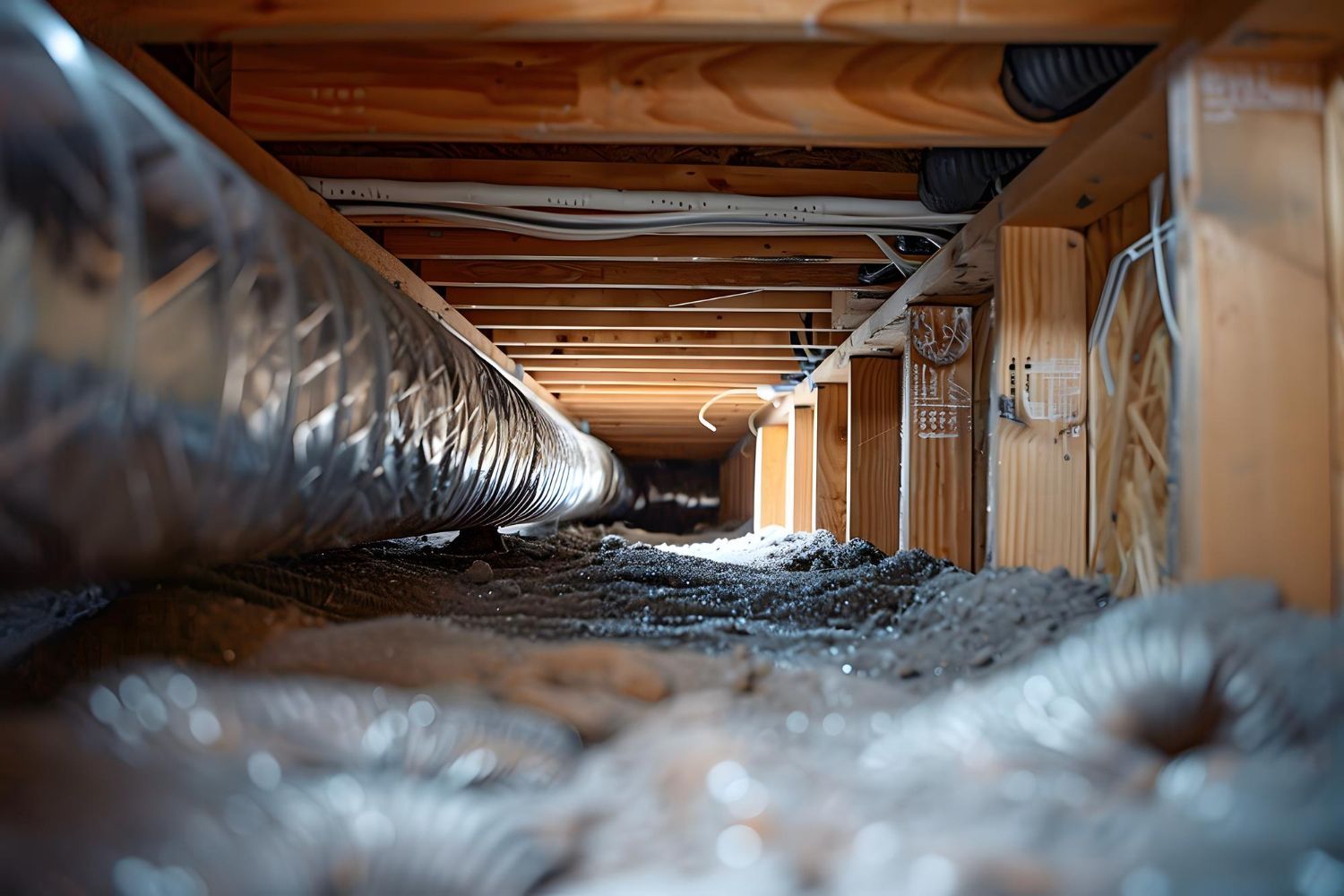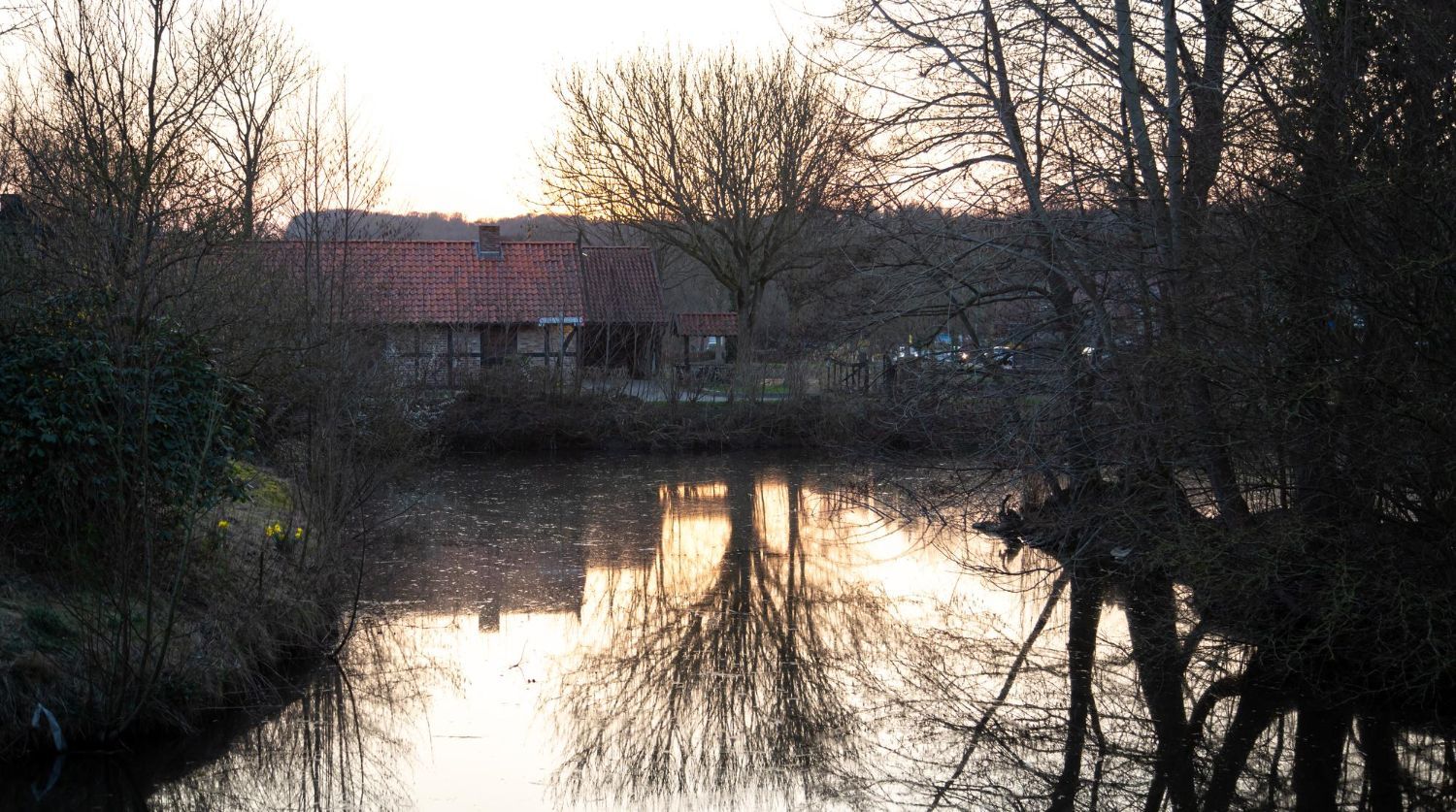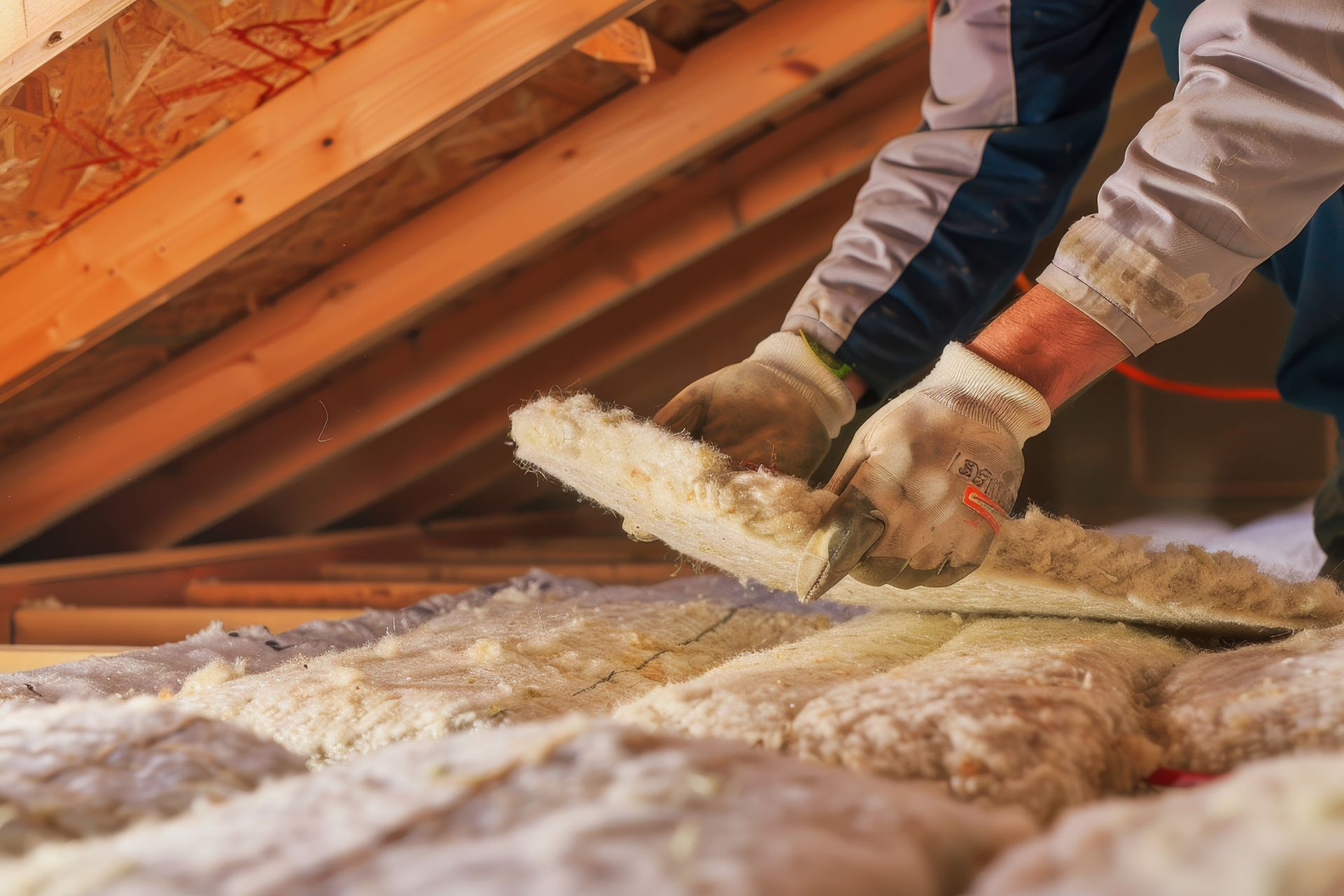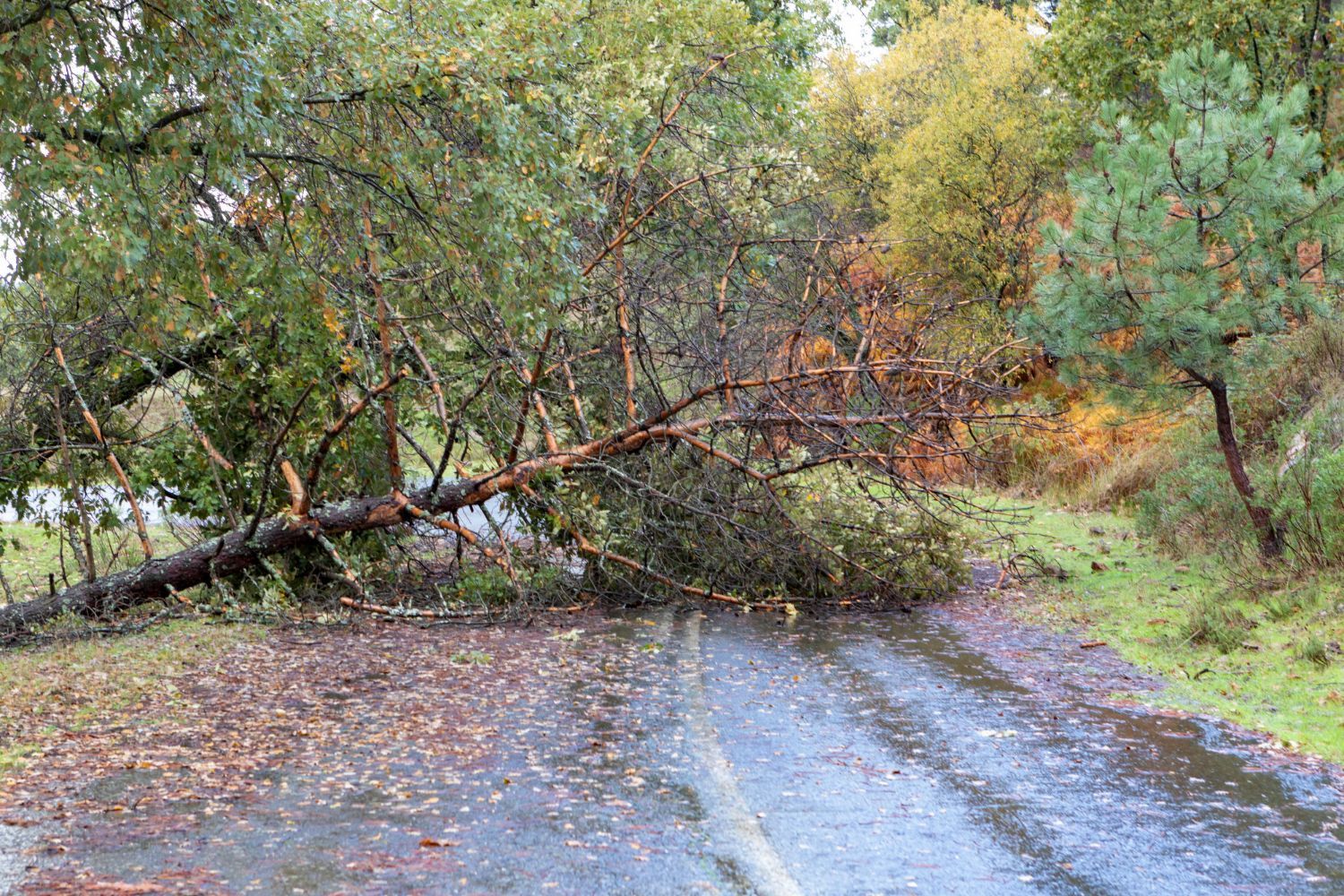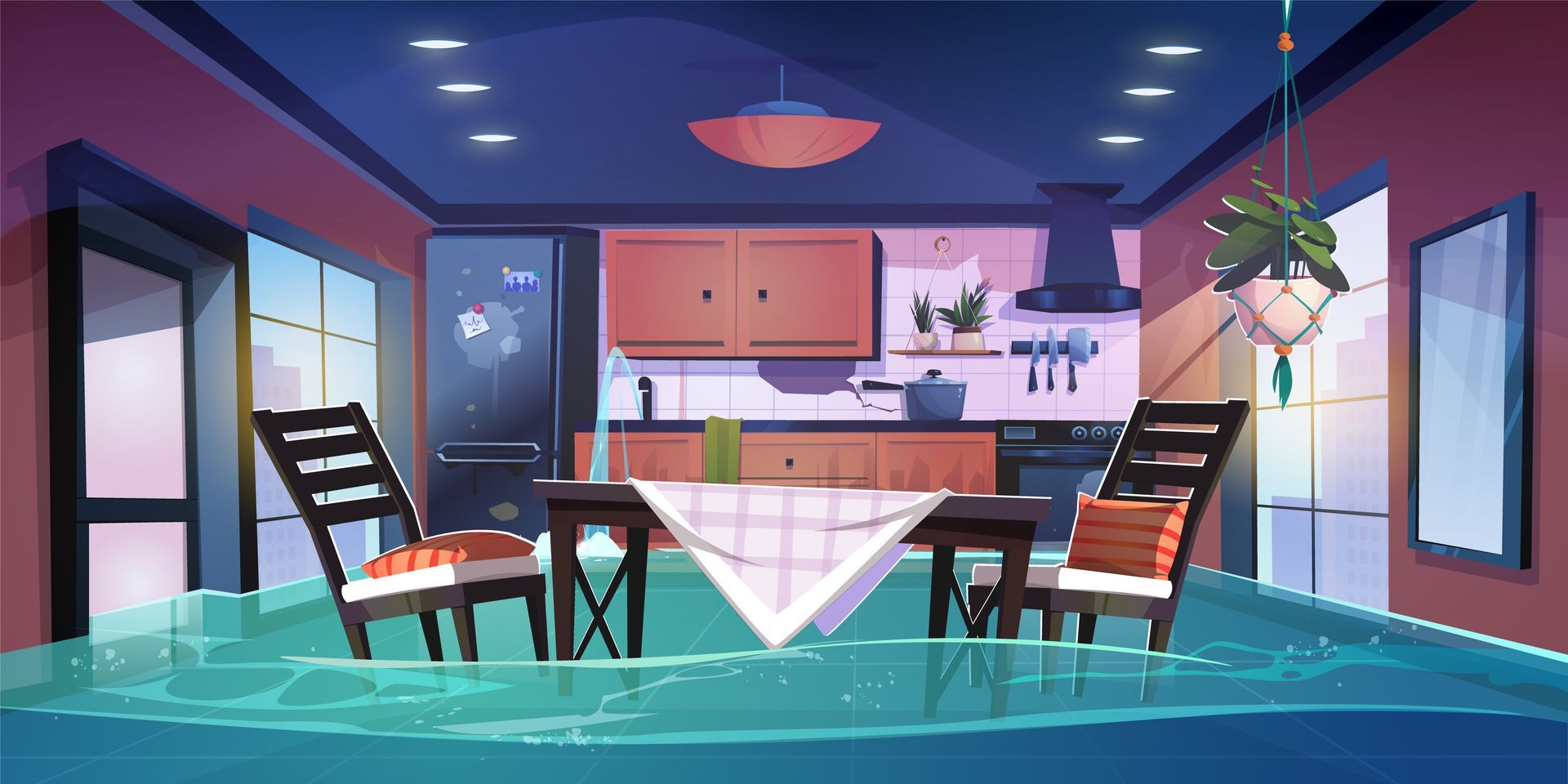Why Flood Damage Can Be So Destructive
Why Flood Damage Is So Destructive: Understanding the Impact on Your Property
-Los Angeles, CA
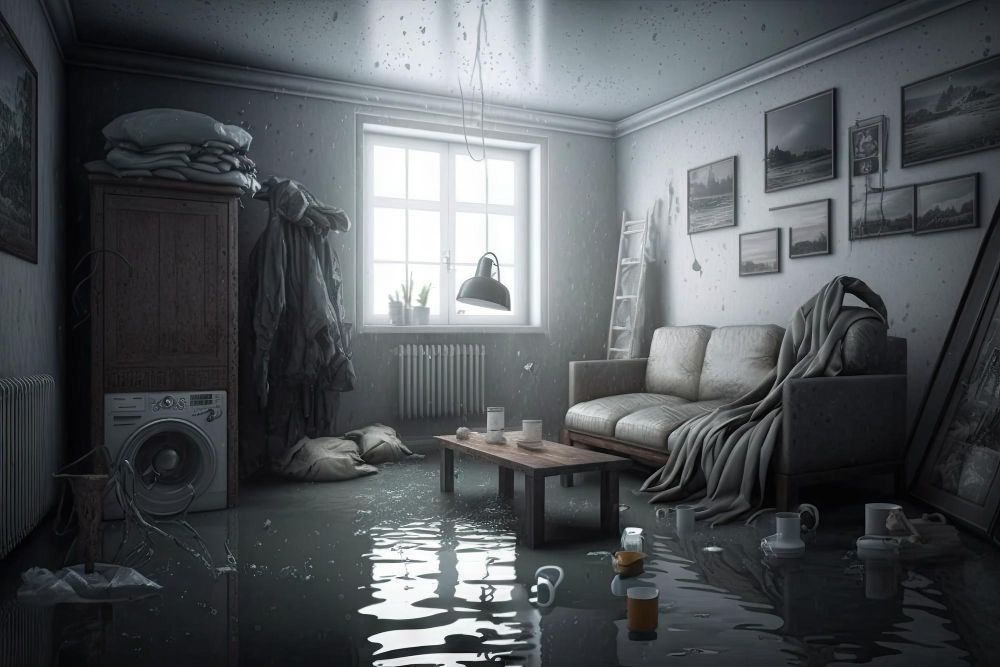
Floods are among the most devastating natural disasters, capable of causing widespread destruction in a short amount of time. Whether triggered by heavy rainfall, hurricanes, or overflowing rivers, floods can leave homes and businesses in ruins, leading to costly repairs and long-term consequences. In this blog post, we’ll explore why flood damage is so destructive and why it’s crucial to act quickly when disaster strikes.
1. The Sheer Force of Water
Water is a powerful force of nature, and when it comes in large quantities, its destructive potential is immense. Floodwaters can move with incredible speed and force, sweeping away anything in their path—vehicles, furniture, and even parts of buildings. The force of water can cause structural damage to homes and businesses, compromising the integrity of walls, foundations, and roofs. In severe cases, floodwaters can even lead to the collapse of buildings, posing serious safety risks.
2. Penetration of Water into Structures
One of the most insidious aspects of flood damage is how water penetrates deeply into building materials. Water can seep into walls, floors, and ceilings, reaching areas that are difficult to dry and repair. This moisture can lead to the deterioration of materials like wood, drywall, and insulation, causing warping, rotting, and weakening of structural elements. The longer water remains in contact with these materials, the more extensive the damage becomes, often requiring significant repairs or replacements.
3. Rapid Mold Growth
Floods create the perfect environment for mold growth. Mold spores are naturally present in the air, but they need moisture to grow. After a flood, damp and humid conditions allow mold to thrive, often within 24 to 48 hours. Mold can spread quickly through a property, affecting walls, furniture, carpets, and personal belongings. Not only does mold cause further damage to materials, but it also poses serious health risks, particularly to individuals with respiratory issues or weakened immune systems.
4. Contamination and Health Hazards
Floodwaters often carry a mixture of contaminants, including sewage, chemicals, and debris. This contamination can make flood damage particularly hazardous to your health. Water that has come into contact with sewage or industrial waste is classified as “black water,” which is highly unsanitary and poses significant health risks. Exposure to contaminated water can lead to infections, respiratory issues, and other serious illnesses. Cleaning up after a flood requires careful handling and specialized equipment to ensure that all contaminants are safely removed.
5. Damage to Electrical Systems
Water and electricity are a dangerous combination. Flooding can cause extensive damage to electrical systems, including wiring, outlets, and appliances. Even after the water has receded, the risk of electrical shock remains high if the system has not been properly inspected and repaired. Electrical damage can lead to fires, equipment failures, and costly replacements. It’s essential to have a licensed electrician assess your property’s electrical systems after a flood to ensure they are safe and functional.
6. Loss of Personal Belongings
The emotional toll of flood damage is often compounded by the loss of personal belongings. Floodwaters can ruin furniture, clothing, electronics, and sentimental items like photos and heirlooms. While some items can be cleaned and restored, others may be too damaged to salvage. The loss of these belongings can be devastating, especially if they hold significant personal or financial value.
7. Long-Term Structural Issues
Even after the initial cleanup, flood damage can have long-lasting effects on a property. Water can cause hidden structural issues that may not become apparent until months or even years later. For example, moisture trapped in walls and foundations can lead to ongoing problems like mold growth, wood rot, and foundation settling. These long-term issues can result in costly repairs and decrease the value of your property.
8. Economic Impact
The financial impact of flood damage can be overwhelming. The cost of repairs, replacements, and restoration can quickly add up, often exceeding insurance coverage. Businesses affected by floods may also suffer from lost revenue due to temporary closures, damage to inventory, and disrupted operations. For homeowners, the cost of repairing flood damage can strain finances and create long-term financial burdens.
Acting Quickly to Mitigate Flood Damage
Flood damage is one of the most destructive forces that can affect your property. The combination of water’s sheer force, the potential for contamination, and the risk of long-term structural damage make floods particularly devastating. The key to minimizing the impact of flood damage is to act quickly. By contacting professional restoration services immediately, you can begin the process of drying, cleaning, and repairing your property before the damage becomes too severe.
If your property has been affected by a flood, don’t wait—reach out to a professional restoration company as soon as possible. With the right expertise and equipment, you can restore your property and protect your investment from the long-lasting effects of flood damage.
